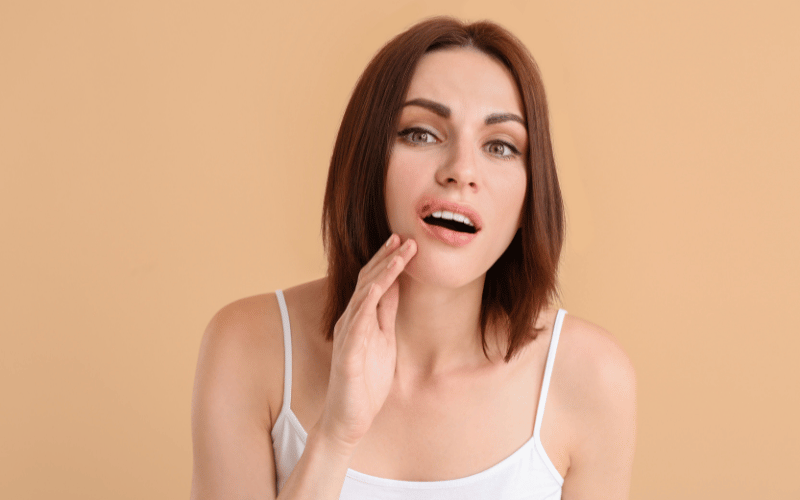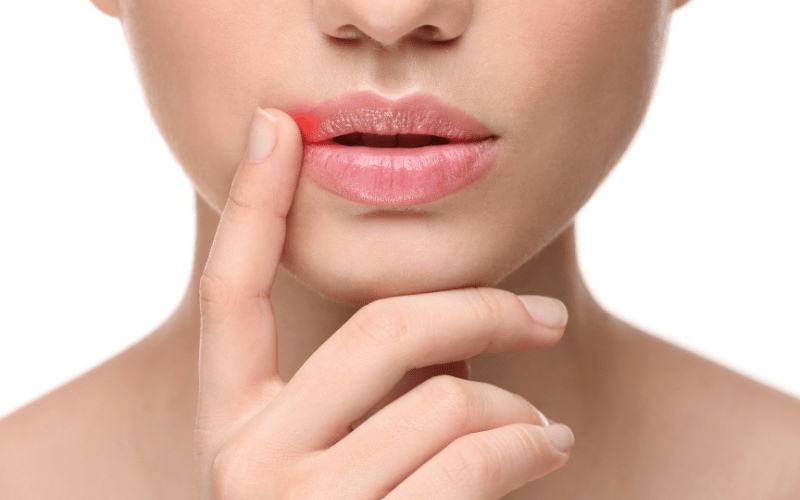Introduction: Cold Sores and Their Intricate Journey
If you’ve ever experienced the unexpected arrival of a painful blister on your lip or around your mouth, you’re already acquainted with cold sores. Known alternately as fever blisters or herpes labialis, these unwelcome guests are more than just a cosmetic nuisance. Brought about by the herpes simplex virus (HSV), specifically the HSV-1 strain, cold sores have a knack for appearing during the most inopportune moments, leaving those affected searching for both answers and relief.

But there’s more to these blemishes than meets the eye. Beyond the evident blister lies a complex cycle of stages, each with its own set of symptoms, duration, and treatment protocols. Just as a storm has its warning signs, shifts, and eventual dissipation, so does the cold sore have its unique progression. Recognizing these stages and understanding their nuances offers a proactive approach, potentially reducing the severity and duration of the outbreak.
To the uninitiated, a cold sore might seem like a sudden and arbitrary event. Yet, its lifecycle is anything but random. Starting from the initial tell-tale tingling sensation to the ultimate healing, each phase unfolds in a predictable manner. For those armed with knowledge, this predictability can be a potent tool, allowing for timely interventions that can significantly impact the course of the sore.
Embarking on this article is akin to mapping out a journey, plotting a course through the unpredictable terrain of cold sores. By familiarizing oneself with each of the ten detailed stages, one not only demystifies the process but also equips oneself to face and manage future outbreaks with confidence. Knowledge is the first line of defense, and by the end of this exploration, one will be well-armed to tackle cold sores at any stage of their progression.
1. The First Tingle: Cold Sore’s Subtle Beginning

The sensation often begins as nothing more than a slight tingle. You might not even be sure it’s happening, but there’s an undeniable itch or prickle on the lip. This is the body’s earliest hint that the herpes simplex virus is awakening. At this stage, the virus starts its journey from the nerve endings to the skin’s surface.
Interestingly, factors like stress, fatigue, and even hormonal changes can act as triggers, prompting the virus to become active. Ultraviolet rays from sun exposure and minor injuries to the skin are also common culprits. These factors can weaken the immune system, giving the dormant virus an opportunity to resurface.
But why does the tingling even occur? It’s a sign that the virus is causing minor inflammation as it begins to replicate. This replication process is essential for the virus, but detrimental for the host, as it leads to the eventual formation of cold sores.
During these initial moments, it’s essential to note the sensation, even if it seems inconsequential. It’s the window where early interventions might prove most effective. While a sore hasn’t appeared yet, the tingling signals that the virus has entered its active phase.(1)